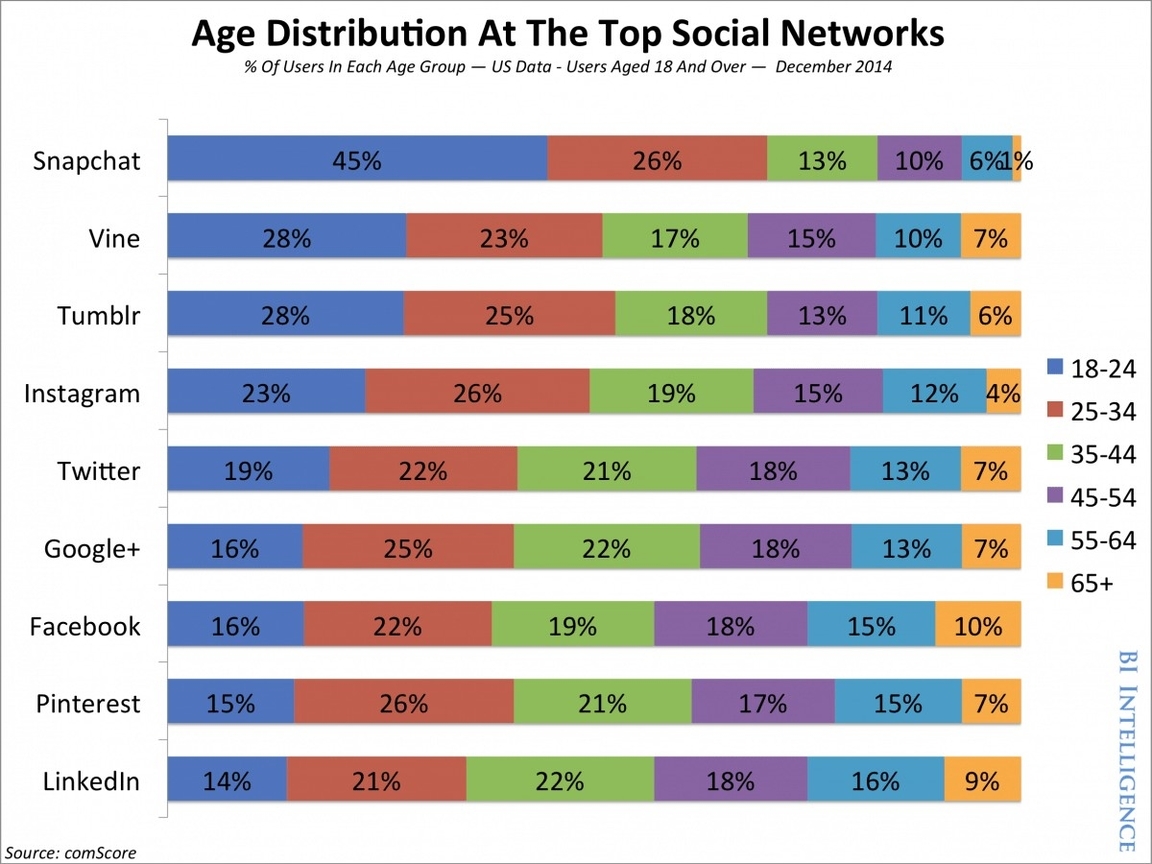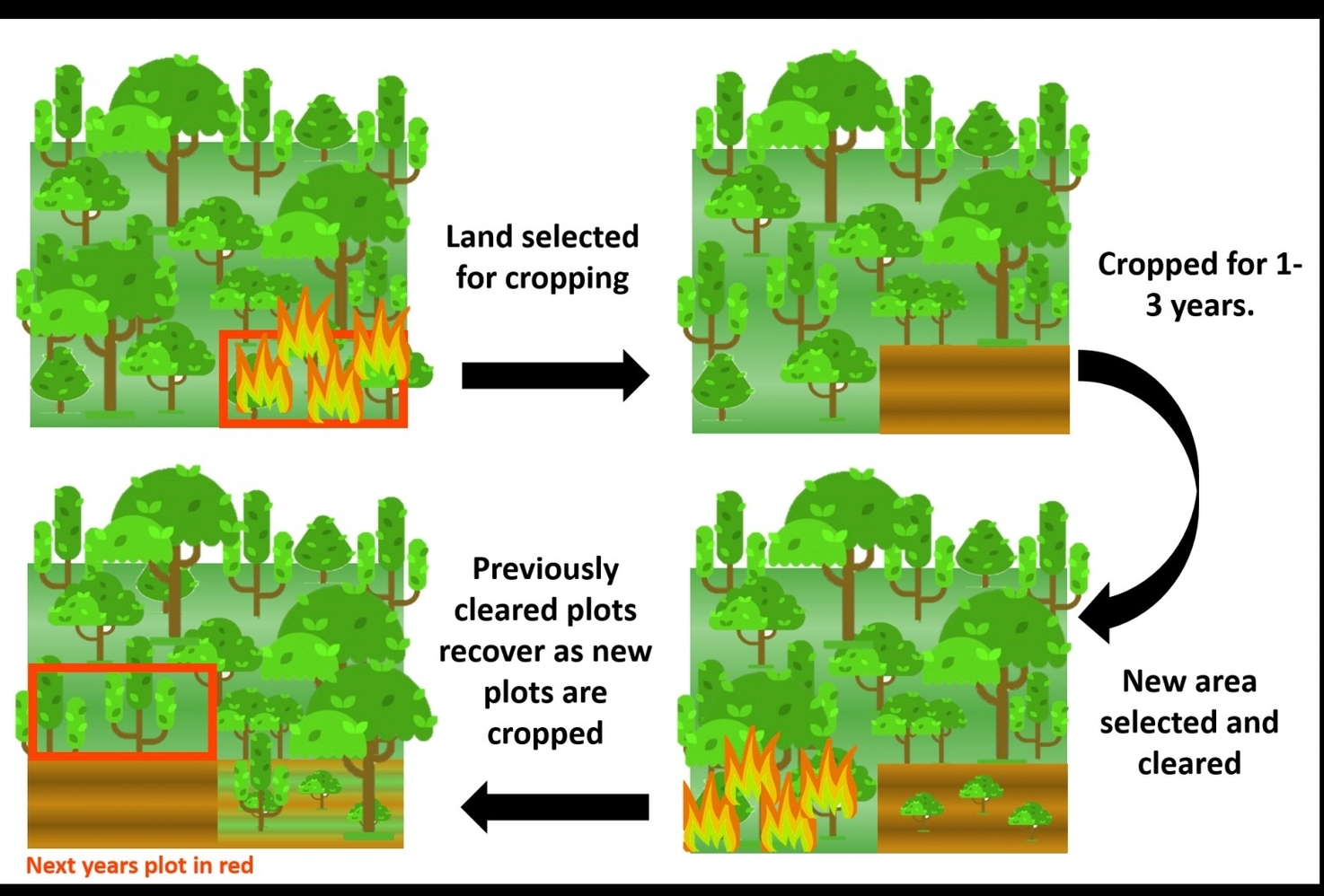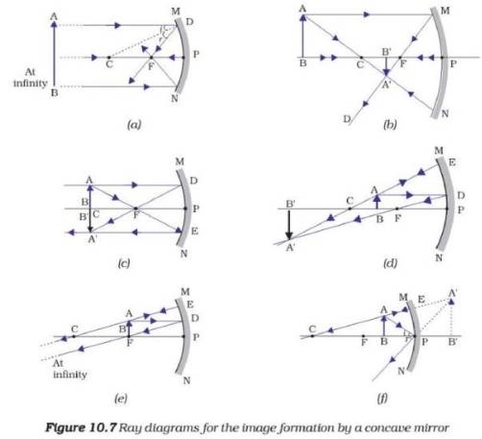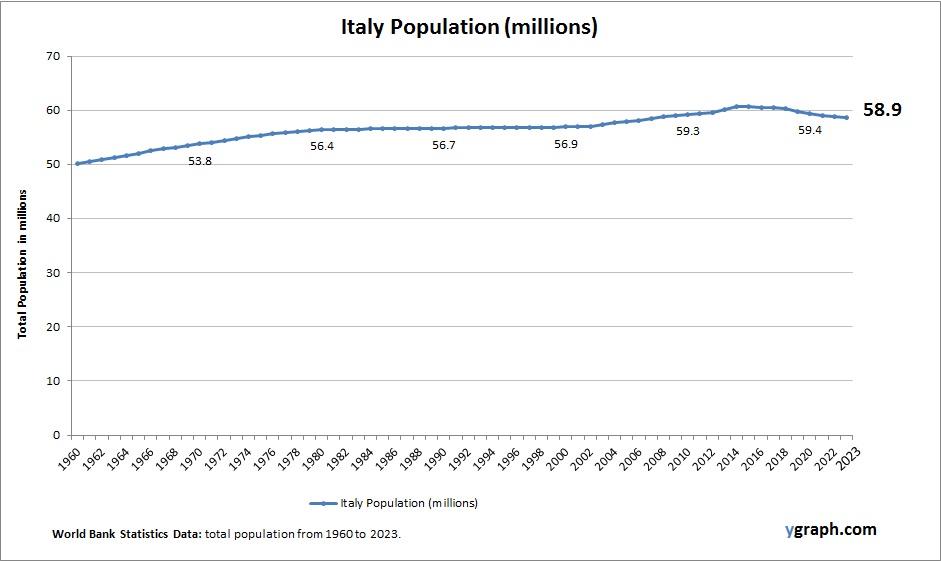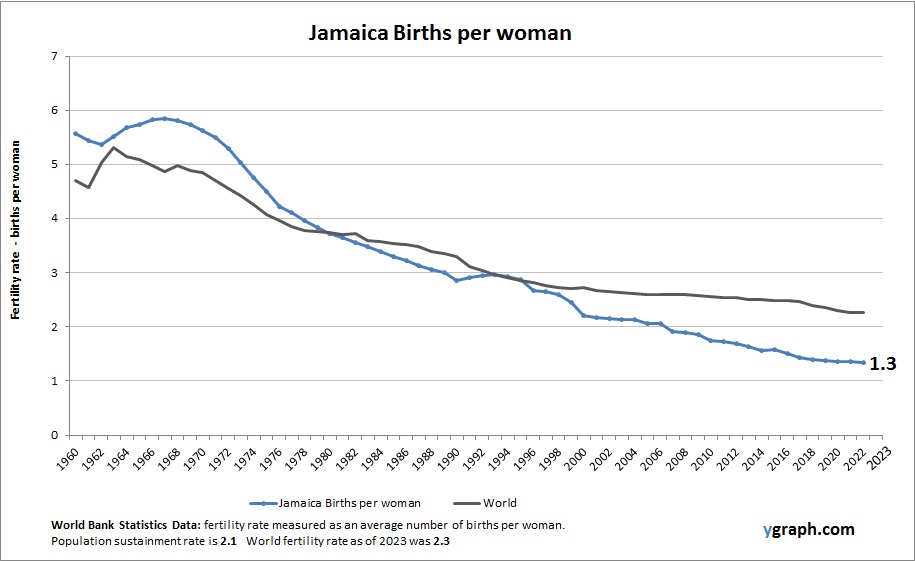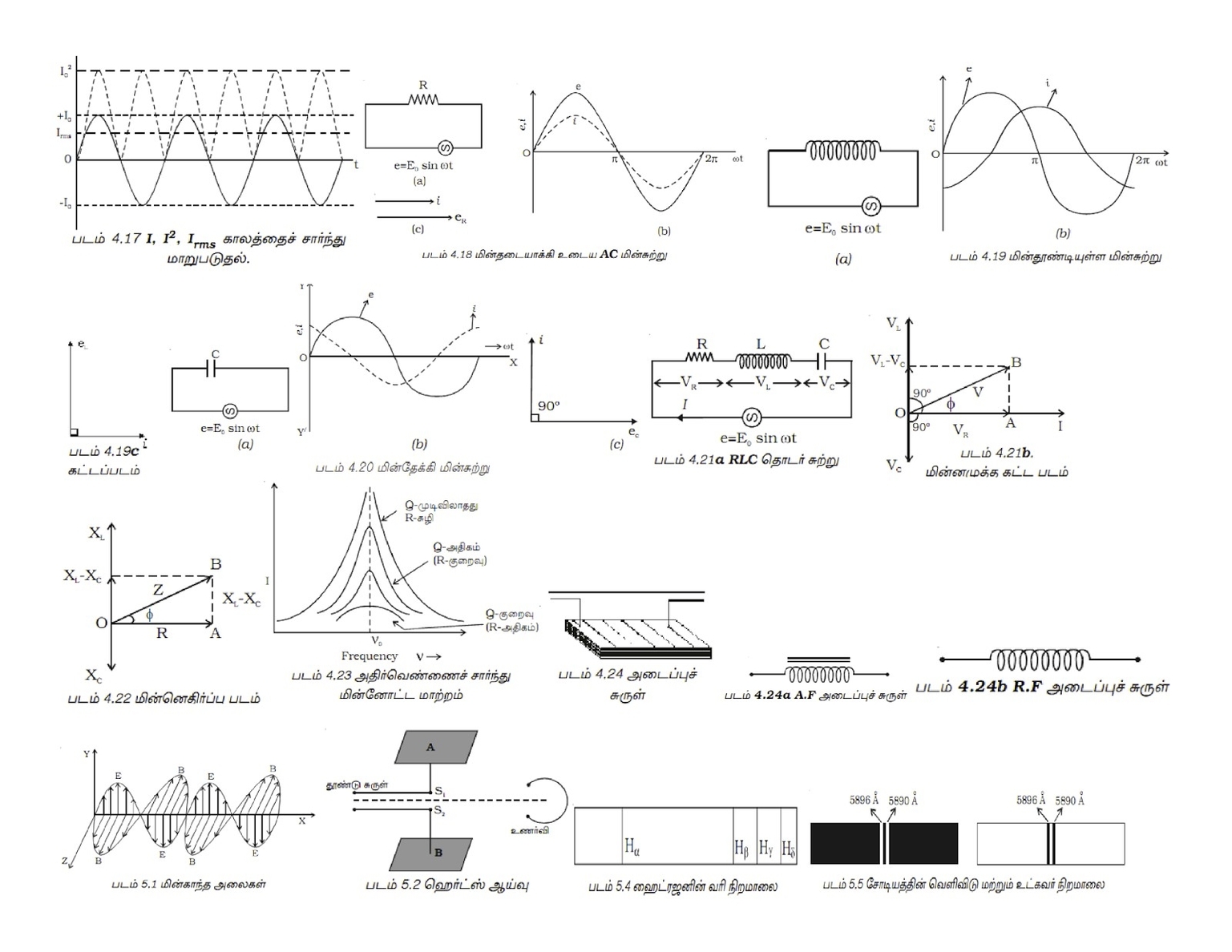Social media has become an integral part of our daily lives, and its impact on society is undeniable. Social media platforms have revolutionized the way we communicate, share information, and interact with each other. However, with the rise of social media, there has also been a rise in social media demons.
ocial media demons are the negative aspects of social media that can have a detrimental effect on our mental health, relationships, and society as a whole. These demons can manifest in various forms, such as cyberbullying, addiction, misinformation, and propaganda.
One of the most significant social media demons is cyberbullying. Cyberbullying is the use of social media to harass, intimidate, or humiliate someone. Cyberbullying can have severe consequences, such as depression, anxiety, and even suicide. According to a study by the Cyberbullying Research Center, over 34% of students have experienced cyberbullying . This is a staggering number that highlights the need for more awareness and education about cyberbullying.
Another social media demon is addiction. Social media platforms are designed to be addictive, and many people find themselves spending hours scrolling through their feeds. This addiction can have a negative impact on our mental health, relationships, and productivity. According to a study by the Pew Research Center, 59% of social media users say that it is not hard to give up social media, while 40% say that it would be hard . This shows that social media addiction is a real problem that needs to be addressed.
Misinformation and propaganda are also significant social media demons. Social media platforms have become a breeding ground for fake news and propaganda. This misinformation can have a significant impact on our society, as it can influence public opinion and even elections. According to a study by the Pew Research Center, 64% of Americans say that fake news has caused a great deal of confusion about the basic facts of current events . This highlights the need for more fact-checking and education about how to identify fake news.
In conclusion, social media demons are a real problem that needs to be addressed. Cyberbullying, addiction, misinformation, and propaganda are just a few examples of the negative aspects
